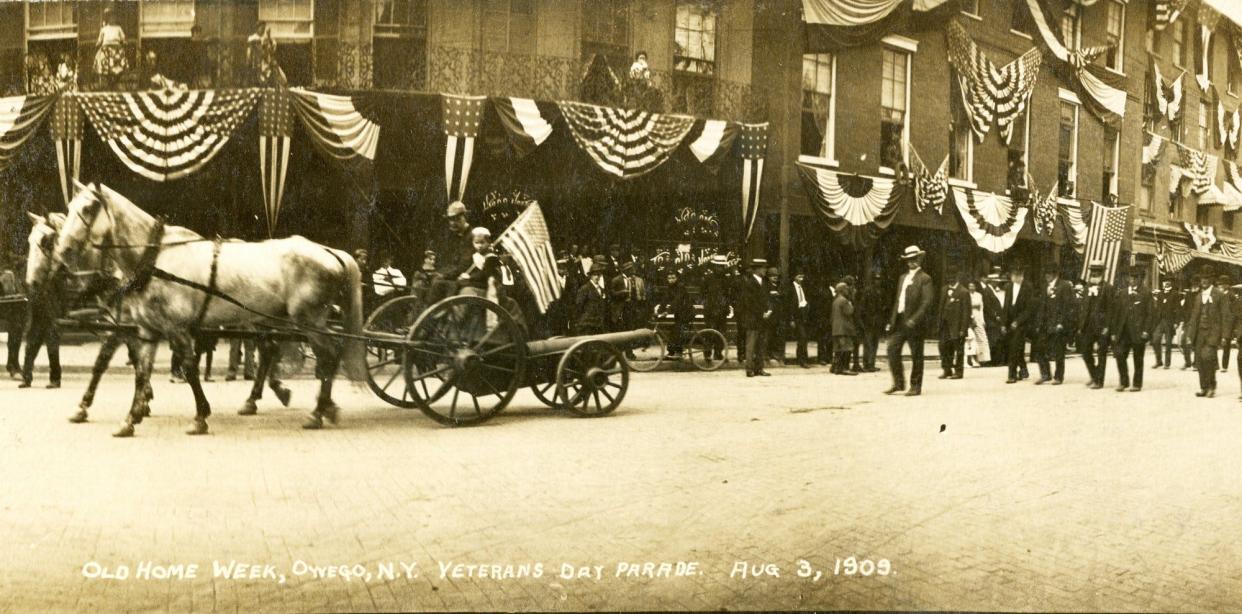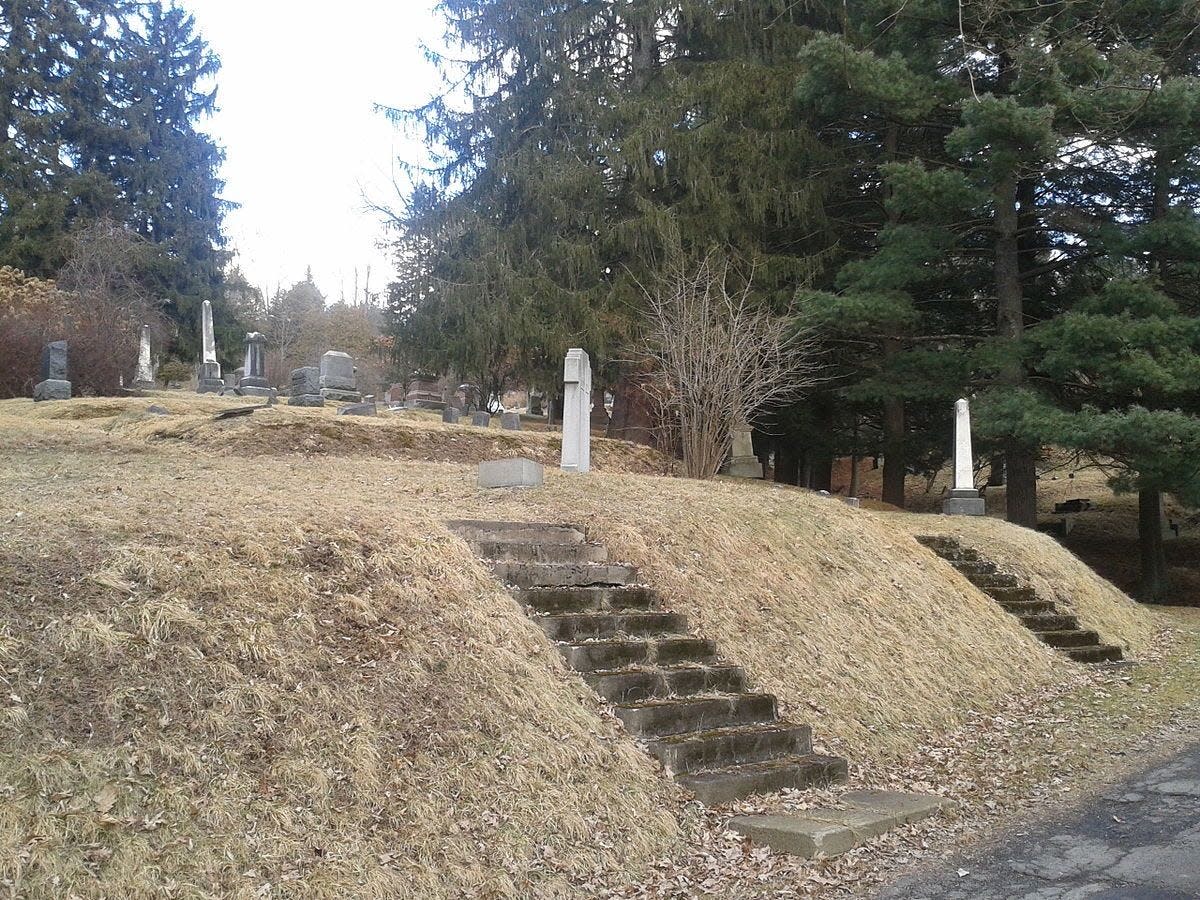Celebrating a presidential nominee, this Owego custom ended in explosive fashion
There are times when an idea seems so good, that you cannot not do it. Yet, there are also times when that might seem true, but it results in the opposite result.
This is one of those times. It was reported in the Owego Gazette newspaper on July 7, 1932. It was an election year, and as the Democratic Party’s convention was underway, emotions on both sides of the political aisle were strong.
Herbert Hoover was in the White House, but the Republican faced strong opposition from many factors due to the worsening conditions of the Great Depression. The images of Hooverville – tent “cities” parked in public parks where the homeless encamped after losing everything, was an image that did not sit well with the American public.

In Owego, there was both a strong Republican and a strong Democratic element. On the Saturday before that date, the Democratic Convention had nominated New York Gov. Franklin D. Roosevelt as its nominee for the presidency.
John J. Ward and two other assistants wanted to celebrate the nomination. According to them, it was their custom to use an old Civil War-era cannon to celebrate.
This cannon had been brought to Owego by Col. Nathaniel David to train state militia during the Civil War. At that time, it was on a carriage and then dragged up to the hills of Evergreen Cemetery, where it sat in 1932. The carriage had fallen into disrepair and been removed, leaving the cannon on the ground. It has been used to set off explosions during Fourth of July celebrations, parades, and other events.

In fact, this was to be the thirteenth time Ward had set off an explosion in this cannon. It was also to be the last time. In a moment that struck this writer as an episode out of a "Road Runner" cartoon, with John J. Ward playing the Wile E. Coyote part.
To affect the explosion without a cannon ball and proper gunpowder to set off the explosion, Ward used a half-pound stick of dynamite. This was placed in the cannon, and then lead wires were attached and came out the front of the cannon. To hold the charge tight at the bottom of the barrel, they used old newspapers and grass.
The three men then took the lead wires and attached them to a battery to provide the charge to set off the explosion. It should have worked – right?
More: Spanning Time: When 'No-Name,' the mechanical man, visited Binghamton
Well, time and overuse of the cannon took its toll, and as the three men hid behind trees for protection, the cannon exploded. Not your normal explosion, but one that blew the barrel of the cannon into pieces of metal and shrapnel that took flight across the air.
As the newspaper article explained, those pieces flew down the hill toward Erie Street, where a 10-pound chunk of metal flew through the garage roof of the home of Oscar Krum at 133 Erie St. and went through the roof of his sedan which he had driven there only 15 minutes prior to the explosion. It went through the seat. A 30-pound chunk tore off the corner of a small building nearby.
At Mary Wicks' house at 99 Erie St., a 36-pound of metal flew into her yard and was embedded two feet down. As it did it blew stone and dirt through the open window of Michael Creshone nearby, who was eating dinner. He and the table were covered with the dirt. Another house on Paige Street was covered with pieces of metal.
Two monuments were damaged – one by a piece of metal weighing 30 pounds, and the other by a piece that flew over 75 feet from the explosion, and splintered a marble headstone of Mary Forbes. Apparently, the metal of the cannon had crystallized and the explosion blew it apart. None of the men were charged since the cannon was ripe for an accident if it kept being used.
For Ward, if he had been in our "Looney Tunes" cartoon, he would have bought the dynamite from the Acme Dynamite Company.
Perhaps at the end, he should have held up a wooden sign that merely read “Oops.”
This article originally appeared on Binghamton Press & Sun-Bulletin: Spanning Time: Civil War cannon used in Owego celebrations until 1932
